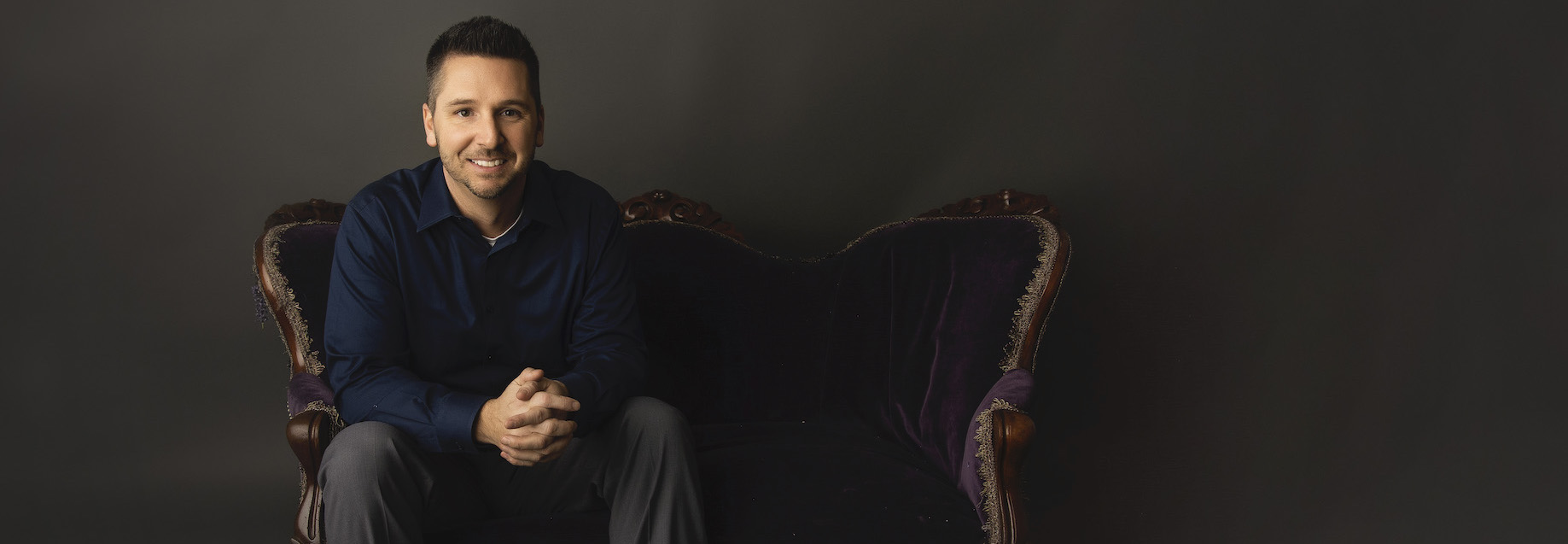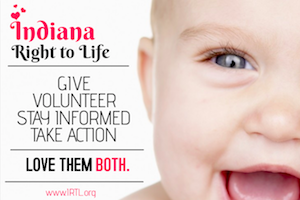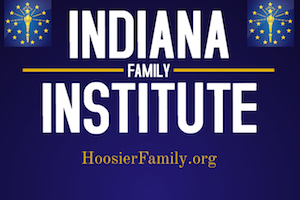|
Nov
05
2018
Monday, November 05 2018
The other night my wife and I settled in to watch a movie on Netflix and set our regular over/under at 10. That was for how many minutes it would take before one of our kids got out of bed to come in and ask for something ridiculous. We also set a second over/under that has become routine at 5. It was for how many minutes into the movie it would be before we were introduced to the happy homosexual couple. It’s a requisite part of all modern movies to include a same-sex couple, to the point where it feels forced, strained, and inauthentic. Years ago, I remember watching one of the “Scary Movie” franchise films, which spoofed the horror movie genre over the previous decade. Amongst the group of white college aged protagonists there was a black boy who acknowledged humorously that he was the token black friend whose job it was to appear on screen to simply say things like, “That’s whack.” And it seems that’s where we’ve arrived with gay characters these days. They are there to remind anyone watching that gayness is completely normal, completely legitimate, and don’t you dare forget it. And if you think it’s a more spontaneous and authentic representation than that, think again:
I admit that I’ve gone from an embittered opponent of this type of cultural assault to a legitimately confused one. I just don’t understand how anyone in their right mind could think that these kinds of demands are logical, important, or that having them met represents some kind of step forward for our society. And I’m not sure how it is even seen as a step forward for those who identify themselves by their same-sex romantic attractions. But my confusion could be the result of two highly questionable assumptions I’m operating from:
Increasingly the evidence indicates neither of those assumptions is true. |
 |










